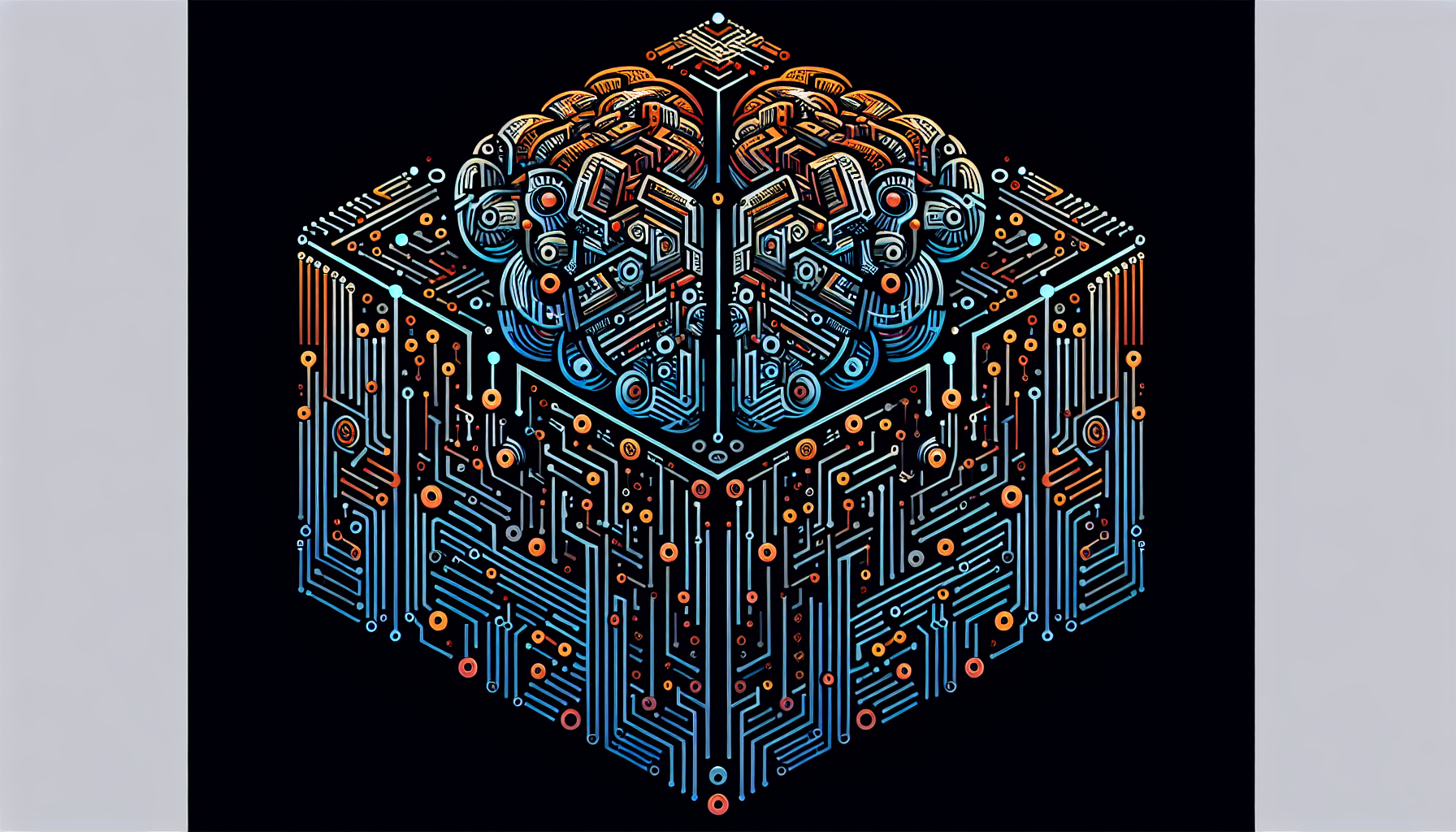Are you curious about the fascinating world of AI? Wondering how long it takes to grasp the foundational concepts? Look no further! In this article, we will explore the basics of AI and give you a clear understanding of what it entails. Whether you’re a novice or have a little knowledge about the subject, we’ll break it down in a friendly and approachable way, so you can start your AI journey with confidence. Let’s dive in and unlock the secrets of this transformative technology!
Understanding the Basics of AI
Artificial Intelligence (AI) has become a buzzword in recent years, but do you truly understand what it entails? In this comprehensive article, we will delve into the basics of AI and explore its various types, history, key concepts, and applications. By the end, you’ll have a solid grasp of the fundamentals, enabling you to appreciate the impact of AI in today’s world.
1. Overview of Artificial Intelligence
At its core, AI aims to replicate human intelligence in machines. This involves developing computer systems that can perform tasks traditionally requiring human intelligence, such as problem-solving, decision-making, visual perception, speech recognition, and language translation. The ultimate goal of AI is to create autonomous systems that can think, learn, and adapt on their own.
2. Different Types of AI
AI can be categorized into three main types: Narrow AI, General AI, and Superintelligence. Narrow AI focuses on specific tasks like voice assistants (e.g., Siri, Alexa) or recommendation systems (e.g., Netflix, Amazon). General AI, on the other hand, represents machines that possess human-like intelligence across various domains. Finally, Superintelligence refers to an AI system that surpasses human intelligence and can outperform humans in every aspect.

3. History and Development of AI
The concept of AI dates back to the 1950s when researchers first attempted to build machines capable of mimicking human intelligence. Major breakthroughs emerged in the 1990s, with advancements such as IBM’s Deep Blue defeating the world chess champion and the development of autonomous vehicles. Over the years, AI has made significant strides, and with the proliferation of big data and advancements in computing power, AI has become more accessible and sophisticated.
4. Key Concepts in AI
To grasp the fundamentals of AI, it’s essential to become familiar with key concepts such as machine learning, deep learning, natural language processing, and robotics.

5. Machine Learning and AI
Machine learning is a subset of AI that focuses on algorithms and statistical models, allowing machines to learn from data and improve their performance over time. It enables computers to recognize patterns, make predictions, and gain insights without being explicitly programmed. Machine learning algorithms can be categorized into supervised learning (with labeled training data), unsupervised learning (without labeled data), and reinforcement learning (learning through trial-and-error).
6. Deep Learning and AI
Deep learning is a subset of machine learning that utilizes artificial neural networks to mimic the human brain’s structure and function. It is particularly effective in handling complex data such as images, speech, and text. Deep learning algorithms analyze data through multiple layers of interconnected neurons, extracting hierarchical representations and making it capable of tasks like image recognition, speech synthesis, and natural language understanding.

7. Natural Language Processing (NLP)
Natural Language Processing (NLP) focuses on enabling machines to understand, interpret, and generate human language. It encompasses tasks such as sentiment analysis, language translation, question-answering systems, and chatbots. NLP utilizes techniques like text analysis, computational linguistics, and machine learning to process and derive meaning from textual data.
8. Robotics and AI
AI and robotics have a symbiotic relationship, where AI enhances the capabilities of robots, and robots provide physical implementation for AI systems. Robotics encompasses the design, development, and use of robots, which are physical machines programmed to interact with the real world. Combining AI with robotics allows machines to perceive their environment, make decisions, and perform physical tasks with precision and adaptability.

9. Ethics and AI
As AI continues to advance, it brings forth ethical considerations that need to be addressed. With the potential for automation of jobs, data privacy breaches, and biases in algorithms, ethical frameworks must guide the development and deployment of AI. Discussions around transparency, accountability, fairness, and the societal impact of AI are crucial to ensure responsible and ethical use of this powerful technology.
10. Applications of AI
AI has found applications in various industries and domains. In healthcare, it assists in diagnosing diseases, drug development, and personalized treatment. In finance, AI powers fraud detection systems, algorithmic trading, and risk assessment. It also plays a significant role in improving customer experiences, enhancing cybersecurity, optimizing supply chains, and revolutionizing transportation through self-driving vehicles. The potential applications of AI are vast and continue to expand as technology advances.
In conclusion, understanding the basics of AI provides us with insights into the capabilities and potential of this rapidly growing field. From narrow AI to the prospects of Superintelligence, AI has the potential to transform our lives and shape the future. By grasping the key concepts, exploring its history, and considering the ethical implications, we can harness the power of AI responsibly and pave the way for a better, AI-driven world. So, why not embark on this exciting journey and explore the possibilities that AI offers?







Leave a Reply